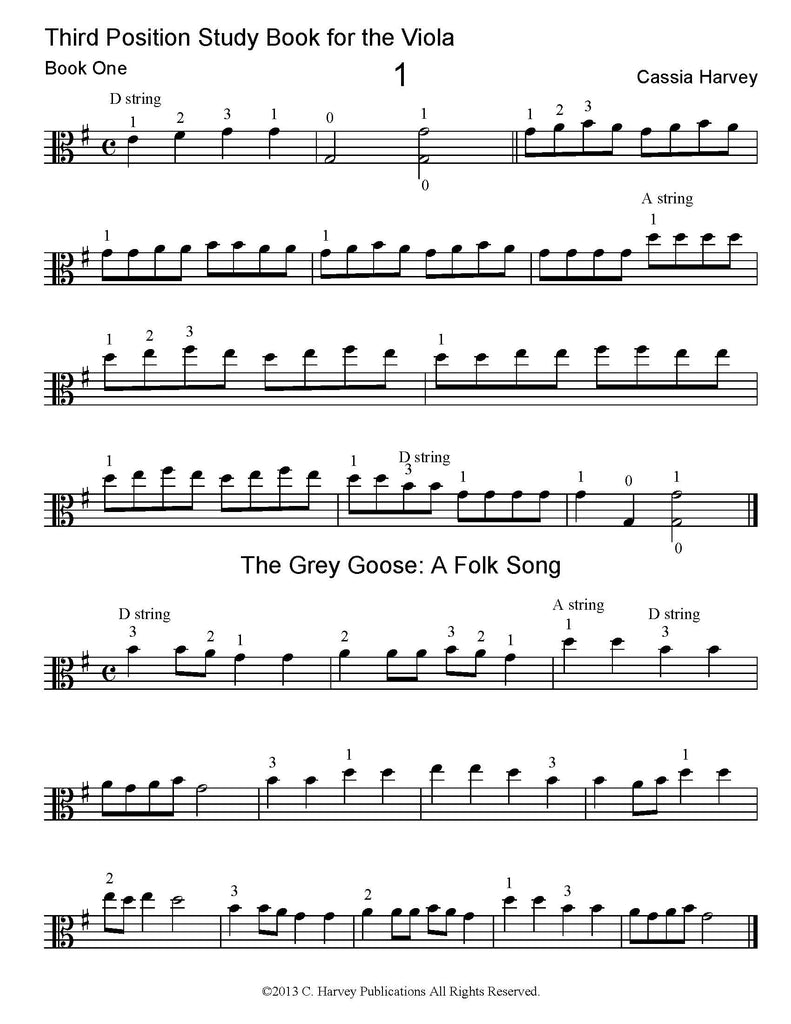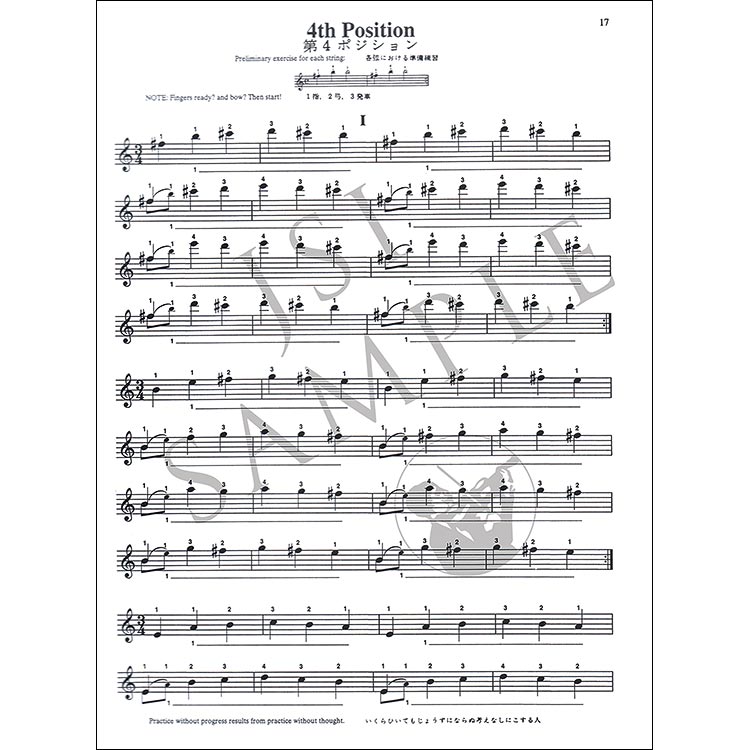

Violin finger charts are a helpful way to build a visual and physical memory of finger placings. Using these templates, it is easy to create your own fingering charts for scale practice. The image below shows only the notes of G major. This diagram shows the pitches and hand shapes for G major highlighted in blue.

Now let’s look at the original chart again, but this time, placed over the violin fingerboard:Īll the fingering chart is, is a diagram of the pitches in first position. Where would the coloured dots and numbers fall to give the correct notes for G major? Now imagine the finger chart is actually a diagram of the fingerboard of your violin: Each finger is marked with the correct number: Unlike the piano, the thumb does not have a number, because the left hand thumb does not contact the strings. The index finger is called 1, the middle finger is called 2, the third finger, 3, and the little finger is called 4. This is universal to all teaching methods. Using finger charts to help note readingĮach finger is given a number. They show the patterns of tones and semitones in each key, and prepare the brain for the hand shapes within that key.

Violin finger charts are a useful way to begin learning scales. On the top strings this pattern reverses, with a low 2 nd finger. On the lower two strings, the 1 st and 2 nd fingers are a tone (whole note) apart and the third finger is spaced only a semitone (half note) from the 2 nd. Every note highlighted in blue is played as part of the G major scale, and it is easy to see that the scale falls into two distinct finger patterns or shapes. For clarity, the fingers have been added at the side of the chart. This time it has been edited to show the notes of the G major scale. There are numerous options depending on the context. In certain passages, a C# in first position might be played with a 4 th finger, or an A# with a first finger. The first two notes on the G string, G#/A b and A can both be played with the first finger.Ī#/B b and B can be played with the second finger, C and C#/D b, the third finger, and D on the G string would be played with the 4 th finger. This very basic violin finger chart simply shows all of the pitches that are available in first position. This chart shows every single note in first position, making up a chromatic sequence of semitones. The blue markings at the side of the chart show the positions where, if you have stickers on your violin, the stickers are normally placed. The letters marked by the black banner at the top of the chart indicate the open strings, G, D, A and E. Here is an example of a basic violin finger chart showing the notes in first position. Most are limited to first position, as once first position is mastered, it is easier to understand new positions without such visual help. Violin finger charts generally show the position of every finger in one position on the violin string. Paul Herfurth’s A Tune A Day traditionally combine finger charts with music theory and note-reading exercises to help build a clear understanding of how the position of each finger on the violin strings relates to the notes on the stave. Simple diagrams to show finger placing can also help in early note reading. Violin finger charts are a quick, visual way for beginner violinists to understand the geography of the violin fingerboard.


 0 kommentar(er)
0 kommentar(er)
